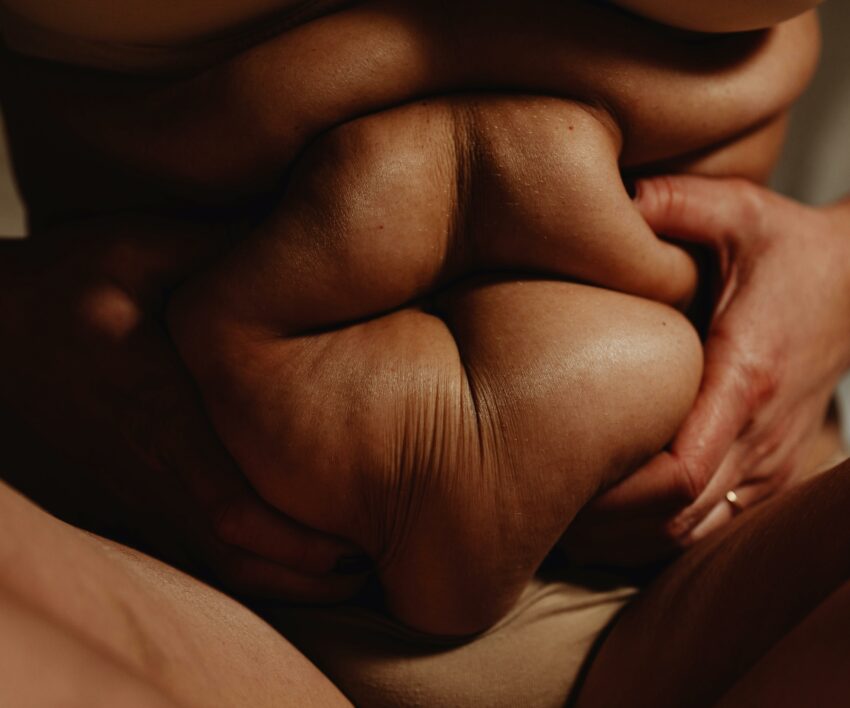
We might have often heard the word ‘FUPA’, especially as women. Some of us might even have it, which probably makes us uncomfortable.
The term FUPA, meaning ‘fat upper pubic area’, is explained by the Air Sculpt publication as “A mound of fat above the vaginal area in women. It takes the shape of an upside-down triangle extending from the genitals to the top of the pubic hairline and is also known as the mons pubis.”
It is stated by the above publication that some women feel uncomfortable wearing certain clothes because of the FUPA, they would feel the need to hide it or suppress it so that it is not showing. This then means that these women feel self-conscious about their bodies. Air Sculpt then encourages women stating that concerns over excess fat in the upper pubic area can be alleviated through healthier lifestyles and cosmetic procedures like mons pubis reduction surgery.
The following are some of the reasons why women develop the fat upper pubic area:
Postpartum changes: According to the Anca Breahna Plastic Surgeon publication, the body experiences several changes throughout pregnancy, such as hormone shifts and weight growth, therefore increased fat deposits in the FUPA region may result from these modifications. “Additionally, postpartum hormonal shifts and weight changes can further contribute to the enlargement of this area.”
Weight fluctuations: Changes in body mass can cause skin elasticity and the development of fat pockets in the upper pubic region, states Chrysalis Cosmetics. It is further mentioned that this
is especially apparent following large weight fluctuations, since the skin and tissue may not fully return to their initial form.
Diet: The above publication also states that “Consumption of inflammatory foods, such as those high in fructose corn syrup, processed ingredients, and excessive sodium, can exacerbate the formation of fatty deposits and cause bloating, contributing to the appearance of a FUPA.”
Genetics: The Health Nile publication mentions that the distribution of body fat, especially the buildup in the upper pubic area, is mostly determined by genes. It is said that the upper pubic area is one location where people are inclined to retain fat due to unique genetic profiles.
Stress: It is further stated by the above source that cortisol, a hormone that promotes fat accumulation, particularly in the abdomen, is released when stress is experienced and that high cortisol levels have the potential to cause fat to accumulate and contribute to obesity in the upper pubic region. “Moreover, stress often drives individuals to emotional eating or a sedentary lifestyle, further exacerbating weight gain and localized fat deposits like FUPA.”
Also see: Tips to deal with menopause symptoms




